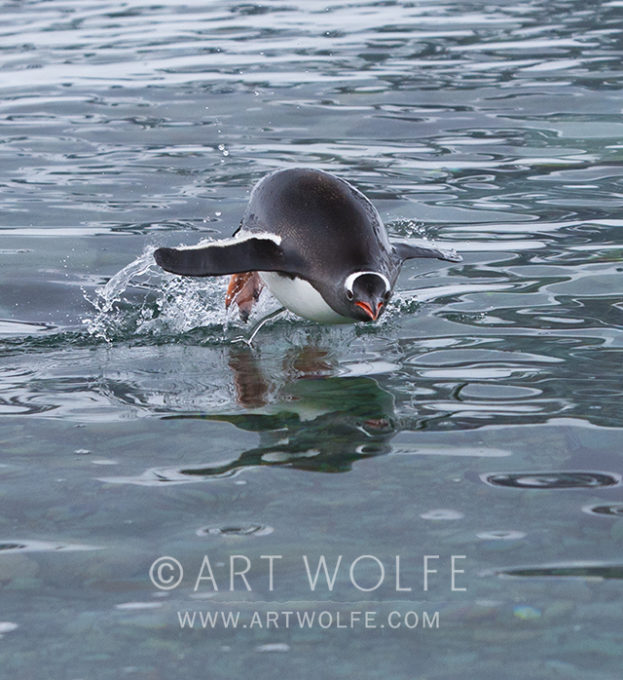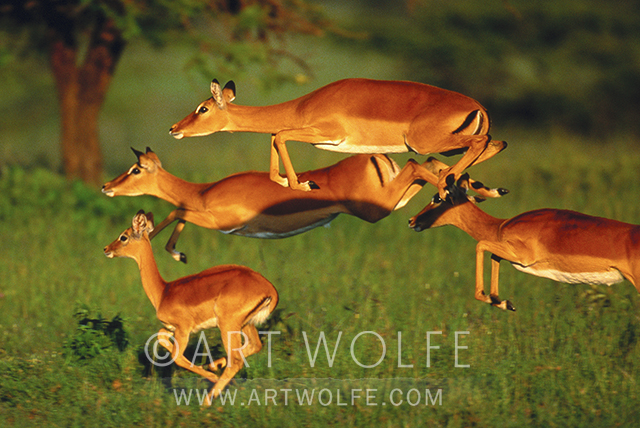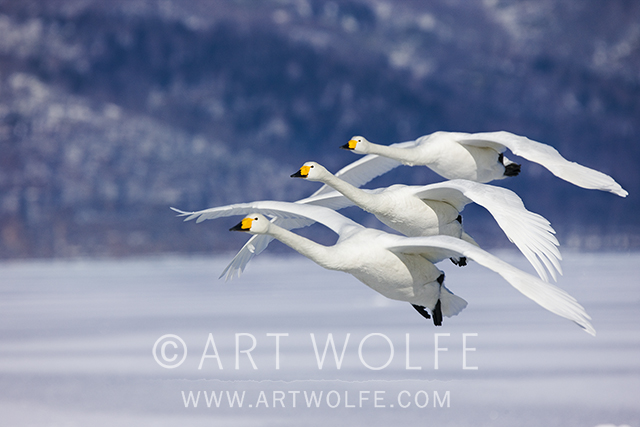#TechniqueTuesday – Shutter Speed: Stopping the Action
On the heels of my recent trip to Ecuador where freezing the action of the tiny and quick humming birds there was my primary goal, here is an excerpt on using fast shutter speeds from Chapter 7: Creative Options from The New Art of Photographing Nature. Enjoy!

AW: In this final set of images—of a Gentoo penguin porpoising in Antarctica, of leaping impalas in Kenya, and of whooper swans coming in for a landing on a frozen lake–I have chosen the fastest shutter possible to stop the action, capturing a frozen moment in time rather than a more impressionistic view. In the age of digital, the ability to select higher ISOs and faster shutter speeds allows me to capture a lot more moving subjects in sharp focus in this way, although my preference is still for blurred motion.

MH: The penguin shot is a wonderful example of allowing us to enjoy something unusual, in this case, a penguin “in flight.” This is a split-second event and takes remarkable timing to capture with a camera. The result allows us to appreciate the penguin’s torpedo-like shape, and understand a little better what makes them such speedy swimmers.
All of these images are examples of the camera being able to record something that is either too fast or too slow for the human eye to capture accurately. Fast shutter speeds enable us to savor moments of peak action at a later time and at our own pace. One of the greatest advantages of digital has been the ability to immediately see your results, allowing you to experiment and then make corrections on the spot. This can be especially valuable, for example, when testing different shutter speeds to gauge their effect.



Wonderful images!